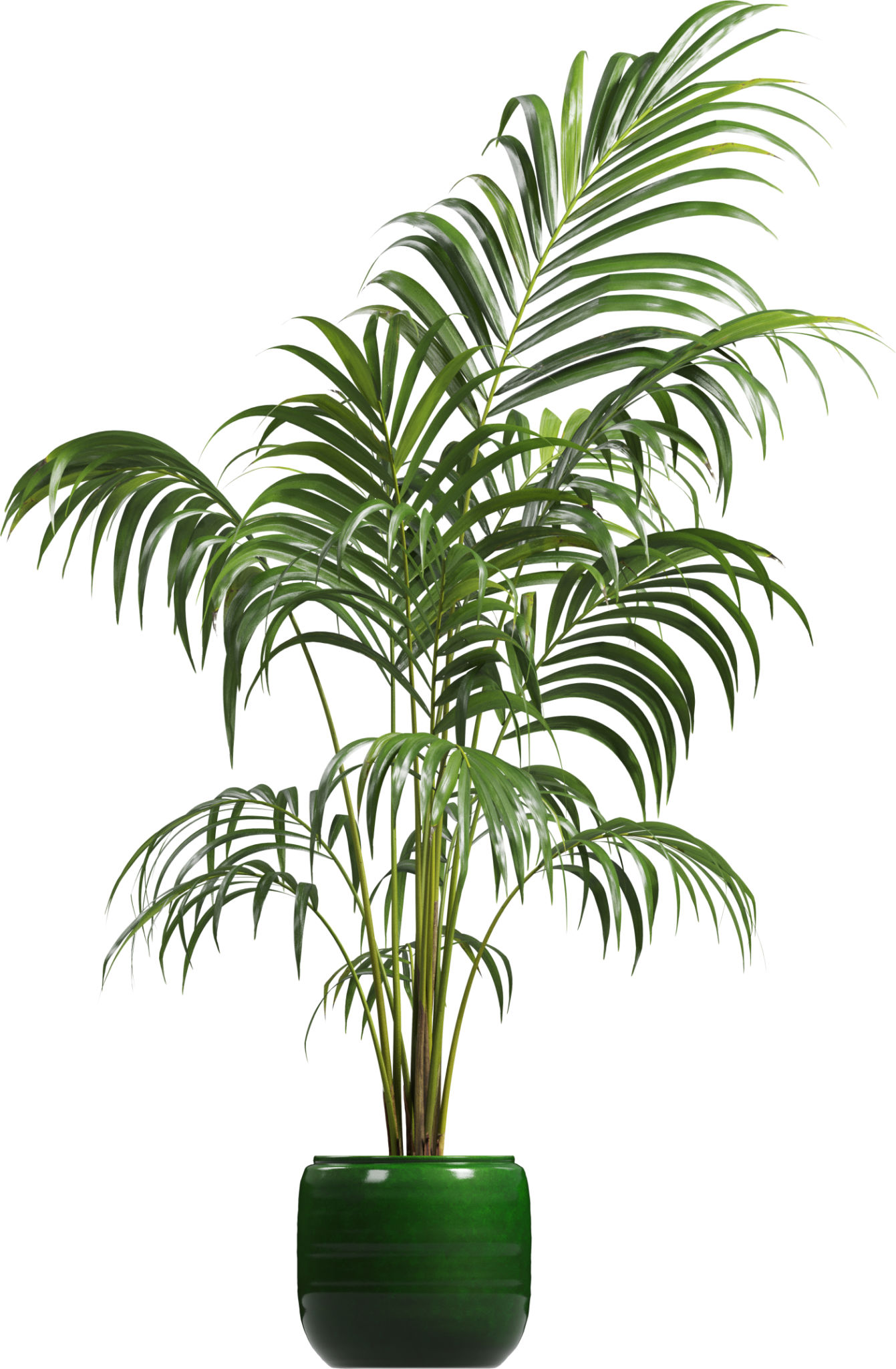Case Study: How Indoor Plants Improved Air Quality in Local Homes
Introduction to Indoor Air Quality
In recent years, there has been growing awareness about the importance of maintaining good air quality inside our homes. With more people spending a significant amount of time indoors, the quality of indoor air has become a critical aspect of overall health and well-being. One effective and natural solution to improve indoor air quality is through the use of indoor plants.

The Role of Indoor Plants in Air Purification
Indoor plants are not just decorative elements; they actively work to purify the air by removing pollutants and releasing oxygen. According to studies conducted by NASA, certain houseplants can remove up to 87% of air toxins in just 24 hours. This makes them an excellent choice for enhancing air quality in local homes.
The process through which plants improve air quality is known as phytoremediation. Plants absorb harmful chemicals like formaldehyde, benzene, and trichloroethylene through their leaves and roots, effectively filtering the air we breathe.
Popular Indoor Plants for Clean Air
Several types of indoor plants are particularly effective at improving air quality. Some of the most popular include:
- Spider Plant: Known for its resilience and ability to thrive in low light, the spider plant is excellent at removing formaldehyde and carbon monoxide.
- Peace Lily: This plant is not only beautiful but also efficient at removing toxins like ammonia and benzene.
- Boston Fern: Ideal for high humidity areas, Boston ferns excel at removing pollutants such as formaldehyde.

Case Study: Local Homes Experience Cleaner Air
In a recent case study conducted in a suburban neighborhood, homeowners incorporated various indoor plants into their living spaces. Over a six-month period, residents reported noticeable improvements in air quality and a reduction in allergy symptoms. The study found that homes with a higher concentration of indoor plants had significantly lower levels of indoor air pollutants.
Residents also noted an improvement in overall mood and productivity, which they attributed to the enhanced atmosphere created by the presence of indoor plants. This case study highlights the tangible benefits of incorporating greenery into indoor environments.

Tips for Maintaining Indoor Plants
To maximize the benefits of indoor plants, proper care and maintenance are essential. Here are some tips to ensure your plants thrive:
- Watering: Most indoor plants require regular watering, but it's crucial not to overwater. Check the soil moisture before watering.
- Lighting: Ensure your plants receive adequate sunlight. Some plants thrive in low light, while others need bright, indirect sunlight.
- Pest Control: Regularly check for pests and use natural solutions to manage any infestations.
Conclusion: The Green Solution
Indoor plants offer a simple yet effective way to improve air quality and enhance the ambiance of any home. By selecting the right plants and providing proper care, homeowners can enjoy cleaner air and a healthier living environment. As more people discover the benefits of this natural solution, we can expect to see an increase in the use of indoor plants in homes and offices alike.
Embrace the green solution today and experience the positive impact on your health and well-being that indoor plants can provide. Whether you're a seasoned plant enthusiast or just starting your green journey, there is an indoor plant perfect for every home.